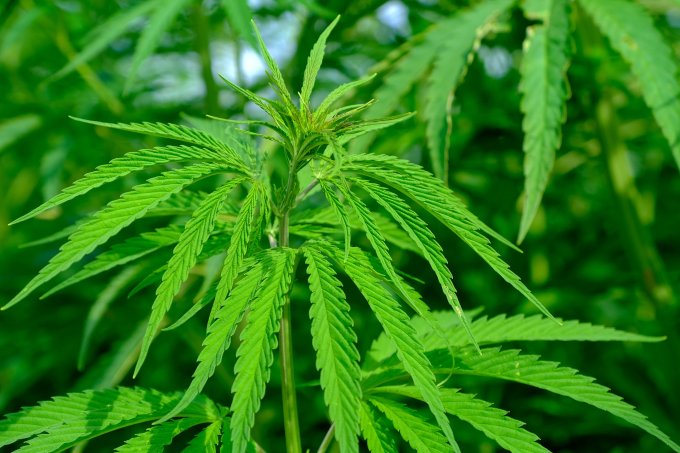- May 9, 2025

When browsing cannabis strains or buying seeds in the store, you may notice that they are divided into three groups: indica, sativa, and hybrid. Cannabis consumers choose a variety from each group to get the effects they want.
Indica strains are believed to be physically calming and ideal for relaxing with a movie and before bed. Sativas provide a more stimulating and invigorating effect, making them often combined with physical activity, social gatherings, and creative projects. Hybrids on the other hand are a mix of indica and sativa strains, depending on the traits inherited from the parents.
The effects of indica, sativa and hybrid strains are so deeply ingrained in the culture of cannabis consumers that when buying from a coffee shop or legal cannabis store you will be asked which type you prefer.
However, the data collected by the researchers suggest that these categories are not as accurate as they might seem. In other words, there is very little evidence to suggest that indica and sativa have different chemical profiles that would cause indica to have a calming effect and sativa to have a stimulating effect. We know that sativa and indica plants look and grow differently, but this information is more useful to growers than consumers.
The words "indica" and "sativa" were introduced in the 18th century to describe different species of cannabis: Cannabis Sativa and Cannabis Indica. The term sativa, named by Carl Linneau, described the hemp found in Europe and western Eurasia, where it was grown for fiber and seeds. Cannabis indica, named by Jean-Baptiste Lamarck, describes the psychoactive varieties discovered in India, where they were grown for their seeds, fiber and hashish production.
Although the cannabis strains we consume are largely derived from Cannabis indica, both terms are used - even if erroneously - to distinguish the thousands of cannabis strains available on the market.
Here's how the terminology of cannabis varieties has changed:
The effects of a given strain of cannabis depend on many different factors, including the chemical profile, the body's biology and tolerance, and the dose and method of consumption. Learn how these factors affect the experience, and you'll have a good chance of finding that perfect strain for you.
Cannabis plants are made up of hundreds of chemical compounds that together form a unique blend. These are primarily cannabinoids and terpenes. Cannabinoids such as CBD and THC (the two most common) are the main drivers of the therapeutic and recreational effects of cannabis:
Marijuana contains over a hundred different cannabinoids, but you should start by familiarizing yourself with the first two. Instead of choosing a strain based on the indica / sativa / hybrid classification, consider relying on these three classifications:
It is worth noting that both indica and sativa strains exhibit different cannabinoid profiles. Initially, most people believed that higher levels of CBD caused sedation and that CBD was more prevalent in indica strains, which we now know is definitely not the case. We are more likely to see some sativa strains as containing more CBD, but there is no systematic rule or relationship to this.
Terpenes are aromatic compounds commonly produced by plants and fruits. They can be found in lavender flowers, oranges, hops, pepper, and of course, marijuana. Secreted by the same glands that secrete THC and CBD, terpenes cause cannabis to smell similar to berries, citrus, pine, fuel, etc.
Like essential oils, cannabis terpenes can make us feel energized or sedated, depending on which one we take. Pinene, for example, is an energizing terpene, while linalool has relaxing properties. There are many types of terpenes in cannabis, and it's worth familiarizing yourself with at least the ones that are most common.
It seems that terpenes are the main stimulants of the calming or energizing effects. Terpenes make the effects of cannabis much more complicated than we think, and they depend precisely on the ratio of terpenes to cannabinoids.
The division into indica or sativa strains does not accurately define these aromas and effects. However, you can find consistency between strains. For example, the Lemon Haze strain provides a distinctive citrus aroma, while Blueberry should always have a distinctive berry smell.
Consider the following questions when choosing the right strain.
If your tolerance is low, consider a strain with a low THC concentration
If so, try strains that feature high levels of CBD.
If so, consider edible forms such as cookies (starting with a low dose). Conversely, if you're looking for a short-lived but potent experience, smoking or vaporizing may seem like the right method.
There are many factors to consider when choosing a strain, but if you're still looking for the perfect strain, however, this information should prove useful.